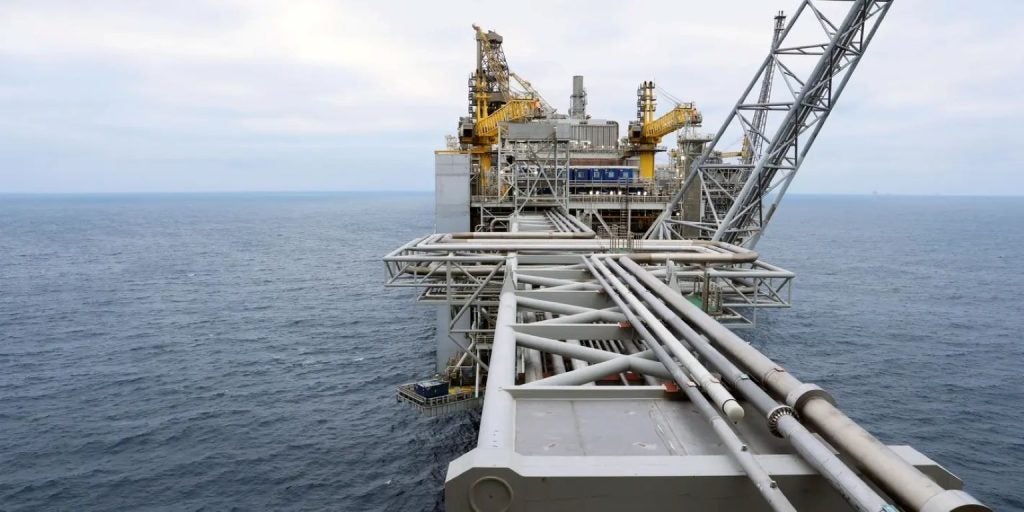
Oil prices rise, but rising cases of Covid-19 infections around the world ‘hurt the outlook’ for crude demand.
Brent crude futures rose by $0.33 or 0.8% to $40.79 a barrel while US West Texas Intermediate (WTI) increased by $0.28, touching $38.84, Reuters reported.
According to the news agency, the lack of progress on a US coronavirus relief aid ‘added to market gloom’.
However, US House of Representatives Speaker Nancy Pelosi hopes that a deal can be reached before the 3 November elections.
In North America and across the world, the US maintains its place as the most affected country with more than 8.6 million total confirmed cases, followed by the South Asian and Latin American regions of India and Brazil, respectively.
France registered 52,010 new confirmed coronavirus cases in the past 24 hours, following a record 45,422 on 24 October, the health ministry said in a statement on 25 October.
How well do you really know your competitors?
Access the most comprehensive Company Profiles on the market, powered by GlobalData. Save hours of research. Gain competitive edge.

Thank you!
Your download email will arrive shortly
Not ready to buy yet? Download a free sample
We are confident about the unique quality of our Company Profiles. However, we want you to make the most beneficial decision for your business, so we offer a free sample that you can download by submitting the below form
By GlobalDataCommonwealth Bank of Australia (CBA) commodities analyst Vivek Dhar was quoted by the news agency as stating: “We think demand from this point onwards is really going to struggle to grow. Covid-19 restrictions are all part of that.”
CBA anticipates US oil to be in and around $38 and Brent to average $41 a barrel in the Q4-2020.
Oil prices were little supported by a drop in the US production as oil companies began shutting offshore platforms as a hurricane brewed in the Gulf of Mexico.
On 26 October, Saudi Arabia’s Energy Minister Prince Abdulaziz bin Salman said that ‘the worst is over’ for the crude energy market.
Eurasia Group said in a note: “This dynamic will likely weigh on oil prices for the rest of 2020 and exert pressure on OPEC and its allies to keep restricting supply well into next year to try and protect Brent above $40 per barrel.”
Meanwhile, Libya’s national oil company said that the country’s production is expected to reach 1Mbpd in the near term.
Organization of the Petroleum Exporting Countries (OPEC), and its allies, including Russia, together known as OPEC+, is set to increase output by 2Mbpd in January next year after reducing output by a record amount earlier this year.






